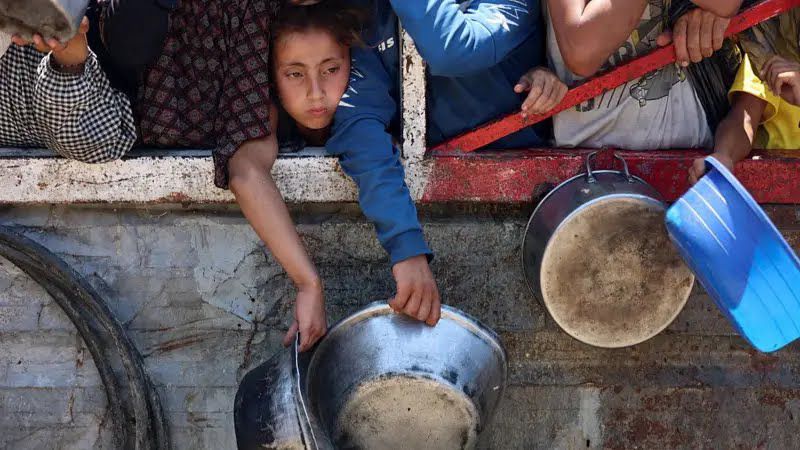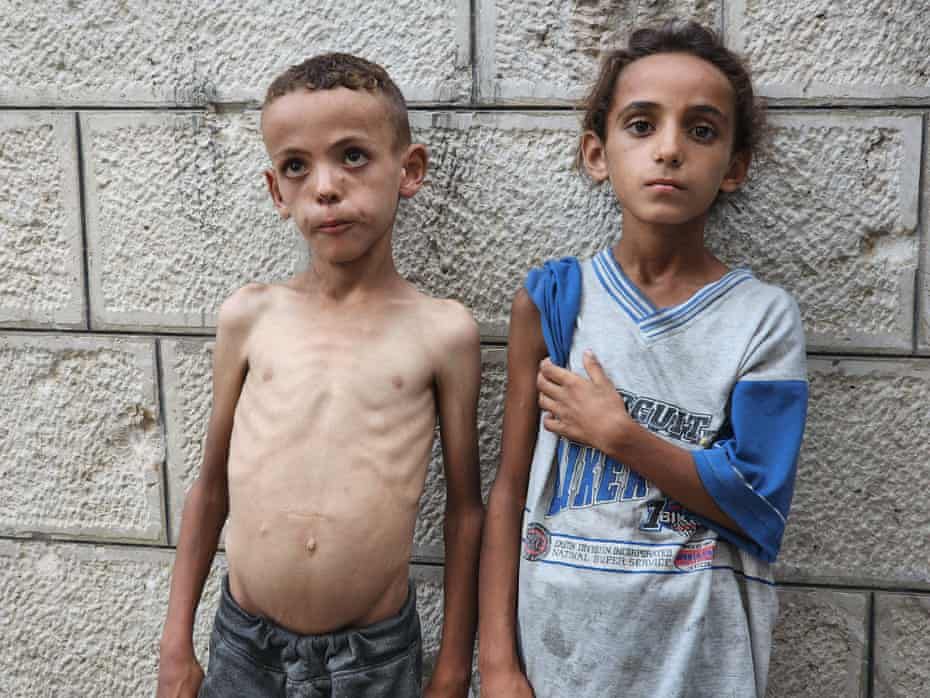The ongoing conflict in the Gaza Strip has reached harrowing new lows, with reports of Israeli forces firing on desperate Palestinian aid seekers and a newborn baby succumbing to starvation. These events, occurring amidst a prolonged blockade and escalating violence, paint a grim picture of a humanitarian crisis spiraling out of control. This blog explores the recent developments, their implications, and the broader context of Gaza’s plight, drawing on available information and critically examining the dynamics at play.

A Tragic Incident: Aid Seekers Under Fire
On July 20, 2025, Al Jazeera reported that 116 Palestinians were killed across Gaza, including 38 individuals shot while attempting to access food at distribution sites operated by the Gaza Humanitarian Foundation (GHF), a U.S.-backed organization. Witnesses described these sites as “death traps,” with Israeli forces allegedly opening fire on crowds of starving civilians. Mohammed al-Khalidi, a witness, recounted to Al Jazeera, “Suddenly, we saw the jeeps coming from one side and the tanks from the other, and they started shooting at us.” Another witness, Mohammed al-Barbary, whose cousin was among the deceased, emphasized the lethal nature of these encounters, stating that the shots were “meant to kill”.
The Gaza Health Ministry, staffed by medical professionals, reported that nearly 900 Palestinians have been killed near GHF sites since late May 2025, when the foundation began distributing aid. The United Nations human rights office corroborated this, stating that over 1,000 Palestinians have been killed while seeking food since May, often near these controversial sites. The Israeli military has claimed it only fires “warning shots” to address perceived threats, but the UN’s World Food Programme (WFP) disputes this, asserting that victims were simply trying to access desperately needed food. These incidents highlight a pattern of violence surrounding aid distribution, raising questions about the safety and efficacy of the current system

Newborn’s Death: The Face of Starvation
Amidst this violence, the death of a 35-day-old infant from malnutrition at Gaza City’s al-Shifa Hospital on July 20, 2025, underscores the severity of the hunger crisis. The hospital’s director, Muhammad Abu Salmiya, reported that the infant was one of two people who died of starvation that day. Gaza’s Health Ministry warned that emergency wards are overwhelmed, with 17,000 children suffering from severe malnutrition. Al Jazeera’s Hind Khoudary reported a mother’s anguish, quoting her as saying, “I am sorry I could not feed you,” as she mourned her child’s death at Al-Aqsa Martyrs Hospital.
The Broader Context: A War on Civilians?
ivilians?The violence at aid sites is part of a broader Israeli military campaign that has killed over 59,000 Palestinians since October 7, 2023, according to Gaza’s Health Ministry, with the majority being women and children. The war began after a Hamas-led attack on Israel killed approximately 1,200 people and took 251 hostages, of whom fewer than half are believed to be alive. Israel’s response has included relentless airstrikes, ground operations, and a blockade that has displaced 90% of Gaza’s 2.3 million residents and destroyed much of the territory’s infrastructure.
The targeting of civilians seeking aid has drawn international condemnation. UNRWA’s Philippe Lazzarini called proposed airdrops “expensive, inefficient, and potentially deadly,” advocating instead for Israel to lift the siege and allow safe aid delivery. The UN human rights chief, Volker Turk, accused Israel of “weaponizing food,” calling for an investigation into the shootings. Yet, Israel’s government, led by Prime Minister Benjamin Netanyahu, has vowed to maintain military control over Gaza and its aid access, complicating ceasefire negotiations.
The Human Toll and the Path Forward
The stories emerging from Gaza are heart-wrenching: parents risking death to feed their children, hospitals overwhelmed with starving patients, and bodies piling up at aid sites. The death of a newborn from malnutrition is not just a statistic but a symbol of a system failing an entire population. As Jagan Chapagain of the Red Cross stated, “No one should have to risk their life to get basic humanitarian assistance”.
Addressing this crisis requires immediate action: lifting the blockade, ensuring safe and equitable aid distribution, and pursuing a sustainable ceasefire. The international community must pressure Israel to allow UN agencies like UNRWA to resume their work, as they have the infrastructure and expertise to deliver aid effectively. Moreover, the GHF’s operations need reevaluation to prioritize civilian safety over political objectives.
Conclusion
The events in Gaza—Israeli forces firing on aid seekers and a baby starving to death—are not isolated incidents but symptoms of a deeper, systemic failure. The blockade, the violence, and the politicization of aid have created a humanitarian catastrophe that demands urgent attention. As the world watches, the question remains: how many more lives must be lost before meaningful action is taken? The people of Gaza deserve not just survival, but dignity and hope for a future free from hunger and fear.



